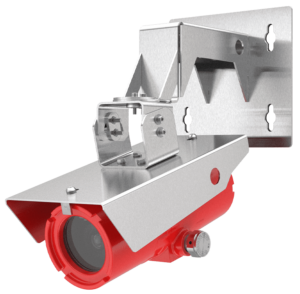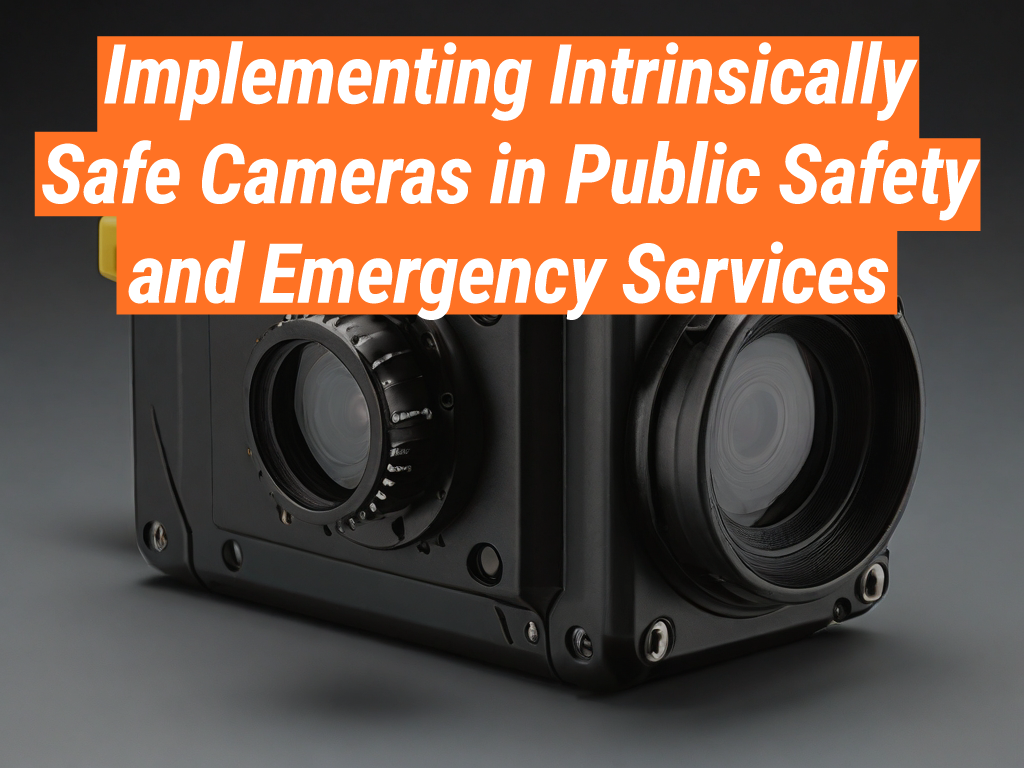As technology continues to evolve, it’s becoming increasingly important for public safety and emergency services to adapt and incorporate these advancements into their operations. One such innovation is the use of intrinsically safe cameras. This article, brought to you by the Intrinsically Safe Store, will delve into the benefits and implementation of these cameras in public safety and emergency services. We invite you to explore our website and discover a wide range of intrinsically safe products.
What are Intrinsically Safe Cameras?
Intrinsically safe cameras are specially designed to operate safely in hazardous areas where traditional cameras may pose a risk. These cameras are engineered to prevent ignition of flammable gases or dust, making them ideal for use in environments such as chemical plants, oil refineries, and gas pipelines.
The Need for Intrinsically Safe Cameras in Public Safety and Emergency Services
Public safety and emergency services often operate in hazardous environments. Whether it’s a fire department responding to a blaze at a chemical plant, or a police officer investigating a potential gas leak, these professionals need equipment that won’t exacerbate the situation. Intrinsically safe cameras provide a solution, allowing for safe, effective surveillance and documentation in these high-risk scenarios.
Benefits of Implementing Intrinsically Safe Cameras
- Enhanced Safety: The primary benefit of these cameras is their ability to operate safely in hazardous environments, reducing the risk of accidental ignition.
- Improved Documentation: These cameras provide high-quality images and videos, aiding in incident documentation and subsequent investigations.
- Increased Efficiency: With the ability to safely capture visuals in hazardous areas, response teams can operate more efficiently and make informed decisions.

Case Study: Intrinsically Safe Cameras in Action
A notable example of the implementation of intrinsically safe cameras is in the oil and gas industry. In 2018, a major oil company began using these cameras to monitor their refineries. The result was a significant reduction in safety incidents and an improvement in operational efficiency. This case study underscores the potential benefits of implementing intrinsically safe cameras in public safety and emergency services.
Implementing Intrinsically Safe Cameras
Implementing intrinsically safe cameras involves careful planning and consideration. It’s crucial to assess the specific needs and risks of your operation, and to choose a camera that meets these requirements. Training staff on the proper use of these cameras is also essential to ensure safety and effectiveness.
Enhancing Safety and Efficiency with Intrinsically Safe Cameras
Intrinsically safe cameras offer a valuable tool for public safety and emergency services operating in hazardous environments. By enhancing safety, improving documentation, and increasing efficiency, these cameras can significantly improve operations. As demonstrated by the success in the oil and gas industry, the implementation of intrinsically safe cameras can yield substantial benefits.
If you’re interested in exploring the potential of intrinsically safe cameras for your operation, we invite you to contact us at the Intrinsically Safe Store. Our team of experts is ready to assist you in finding the right solution for your needs.


